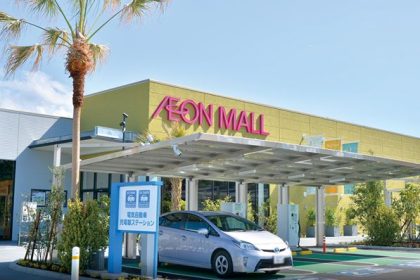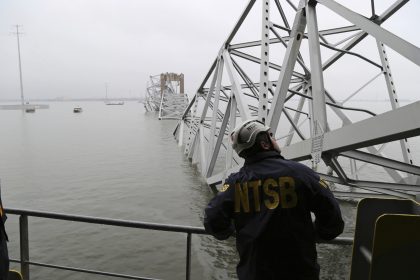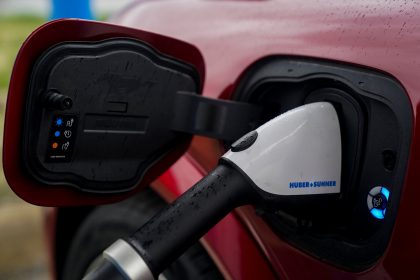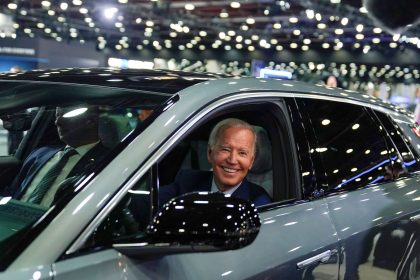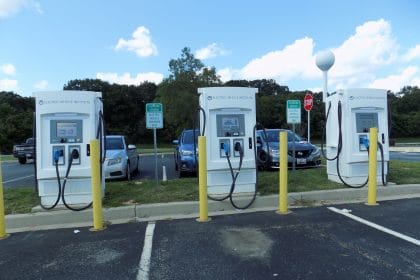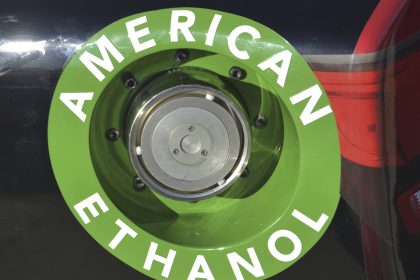Goldmine of New Resources for Railroads
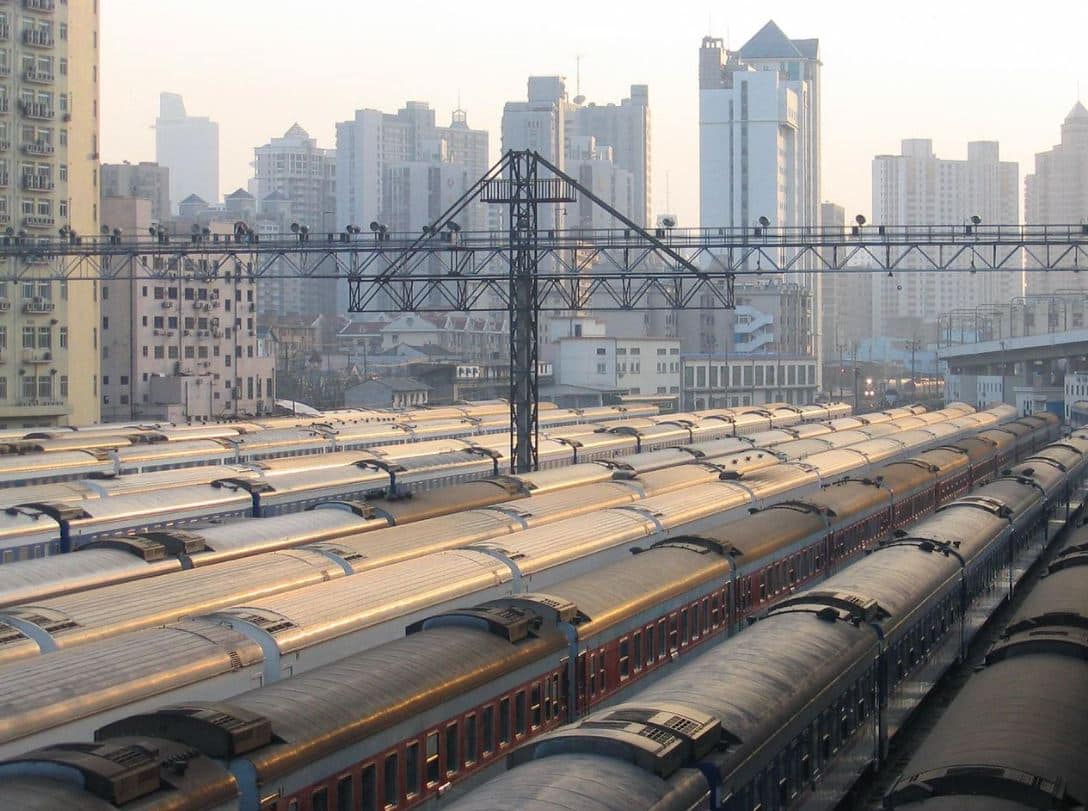
WASHINGTON — Virginia’s plan for a $3.7 billion passenger rail expansion was revolutionary on Tuesday when the governor announced it but later in the week looked like the tip of the iceberg.
The next day, President Joe Biden presented his plan for $2.2 trillion in infrastructure improvements, which would include $80 billion for railroads.
The federal money would expand passenger rail to more cities and modernize the Northeast Corridor. It also appears to pave the way for the kind of bullet trains found in only a few of the world’s transportation corridors.
For both Virginia and the nation, the railroads are supposed to create new jobs and economic opportunity, much like the transcontinental railroad of the Lincoln administration.
“It grows the economy in key ways,” Biden said while discussing the transportation segment of his American Jobs Plan. “It makes it easier and more efficient to move goods and to get to work.”
Cities served by only minimal passenger railroad access would become linked to other cities and eventually a national network under the plan. They include Atlanta, Houston, Las Vegas and Nashville.
The new intercity connections would be funded by a roughly 400% increase in rail subsidies, according to the plan as it stands now.
Amtrak receives about $2 billion a year now in federal subsidies to pay for its national network of operations. The Northeast Corridor between Boston and Washington is the only part of it that comes close to paying for itself.
Other Amtrak funding comes from an assortment of grants and state programs.
The national passenger railroad unveiled a proposal immediately after Biden’s speech that describes its plans for 30 new routes. It would provide new service to 160 communities and increase the frequency of trains in high-demand corridors.
Railroad funding was only a portion of the $621 billion Biden wants to spend on transportation infrastructure over the next eight years.
Other parts could complement the railroad projects, such as $115 billion to upgrade bridges and highways, another $85 billion for public transit and $25 billion for airport renovation. A smaller portion, or $20 billion, would be spent on highway safety.
“Our infrastructure is crumbling,” Biden said. “We’re ranked 13th in the world.”
The railroad and other transportation projects fit with Biden’s socially motivated goals of reaching more low-income persons with transportation options and reducing emissions that contribute to climate change.
They also are main components of his economic plan, which includes greater international competitiveness at a time the United States is lagging behind some foreign competitors.
“They know that China and other countries are eating our lunch,” Biden said. “We have to get it done.”
Despite Biden’s high hopes for railroads, congressional Republicans remained skeptical Friday.
They like the idea of investing in infrastructure but do not like the idea of more federal spending, especially if it is financed by Biden’s proposed tax increases.
The Virginia plan announced by Democratic Gov. Ralph Northam is like a state-level version of Biden’s national proposal.
State transportation officials agreed with railroads CSX Transportation, Amtrak and Virginia Railway Express to acquire rights-of-way and increase the frequency of service. They also plan to build a new rail bridge over the Potomac River to relieve a bottleneck between Richmond and Washington, D.C.
In less than a month, the state is scheduled to take over the first segments of track from freight railroad CSX. Eventually, the track converted from freight to passenger service in the state would grow to hundreds of miles.
“This historic initiative will help get people and goods where they need to go more efficiently, reduce congestion and pollution and create a more inclusive economy,” Northam said in a statement.



















